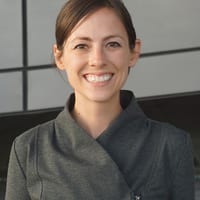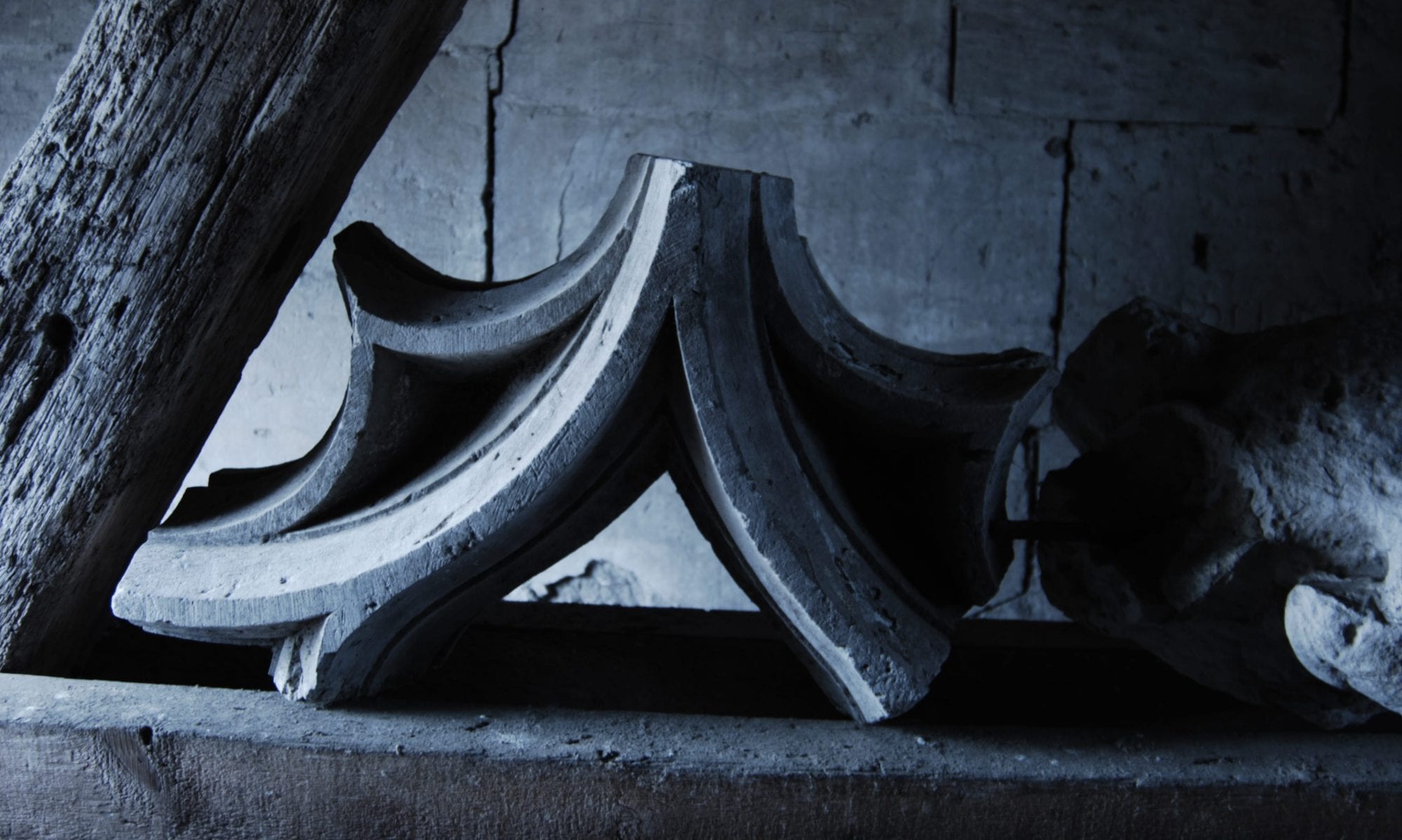While we often think of our digital era as the most interconnected, human movement has played a major role in politics, culture, and the economy for centuries.
With a focus on Europe and the Mediterranean world, this humanities design studio will investigate how space influenced travel and travelers in the late medieval and early modern periods (roughly 1400-1700). Through discussions of the built environment as well as historical and theoretical texts, we will explore domestic, religious, urban, ceremonial, and natural spaces and the role they played in the lives of artists, architects, and ambassadors, among others.
Studio sessions are divided into introductory lectures and discussions of assigned readings followed by hands-on lab sessions. In the latter, students will learn how to collect and digitize historical data, map spatial networks in the ArcGIS platform, georeference historical maps and architectural plans, and present their research findings interactively. In doing so, we will consider the challenges and possibilities of digital humanities research. Students may contribute the dataset from their final project to traveLog, a new digital platform for mapping historical itinerancies in development at the Humanities Research Center.
The studio’s objectives are to deepen knowledge of the types of spaces and how they influence human activity, to develop critical thinking and reading skills, and to broaden students’ methodological approaches to historical questions. Open to undergraduate and graduate students from all fields. No prior technical experience is required.
HURC 432/632 course themes
We will explore how travelers encountered and interacted with the following environments:
» Domestic space
» Religious space
» Urban space
» Ceremonial space
» Natural space (oceans, forests, rivers..)
Lab topics
» Finding data (including historical maps/imagery)
» Working in ArcGIS
» Georeferencing historical maps and architectural plans
» Creating and working with point shapefiles
» Creating and working with line shapefiles
» Creating and working with polygon shapefiles
» Creating view cones
» Presentation strategies for ArcGIS data (StoryMaps, etc.)
Instructors
Elizabeth Narkin, Ph.D.
 Elisabeth is an architectural historian of early modern France whose research focuses on the intersection of the domestic spaces of châteaux and the social spaces of court relationships. Her current project, Constructing Dynasty: Architecture and the French Royal Family, examines the manner in which the royal family’s architecture projects, residential habits, and use of buildings–both independently and within the monarchy’s territorial network–advanced a conception of the sixteenth-century monarchy as legitimate, enduring, and in touch with its subjects. With a focus on the royal children as central actors in the crown’s long-term socio-political strategies, the project explores domestic architecture from the perspective of its users and argues that their relationship with buildings shaped the built environment as well as French politics. In addition to object-based inquiry and social history, Elisabeth deploys analytical tools like digital mapping and 3D modeling alongside spatial theory to understand spaces that physical changes and non-traditional sources might otherwise obscure. Narkin earned her Ph.D. in Art, Art History and Visual Studies from Duke University.
Elisabeth is an architectural historian of early modern France whose research focuses on the intersection of the domestic spaces of châteaux and the social spaces of court relationships. Her current project, Constructing Dynasty: Architecture and the French Royal Family, examines the manner in which the royal family’s architecture projects, residential habits, and use of buildings–both independently and within the monarchy’s territorial network–advanced a conception of the sixteenth-century monarchy as legitimate, enduring, and in touch with its subjects. With a focus on the royal children as central actors in the crown’s long-term socio-political strategies, the project explores domestic architecture from the perspective of its users and argues that their relationship with buildings shaped the built environment as well as French politics. In addition to object-based inquiry and social history, Elisabeth deploys analytical tools like digital mapping and 3D modeling alongside spatial theory to understand spaces that physical changes and non-traditional sources might otherwise obscure. Narkin earned her Ph.D. in Art, Art History and Visual Studies from Duke University.
Kyle G. Sweeney, Ph.D.

Kyle received his Ph.D. in art and architectural history from Rice University in 2017. As a spatial humanities postdoctoral fellow at the Humanities Research Center (2017-18), Sweeney continued his research on medieval architecture, urban space, and diachronic mapping and contributed to the development of traveLog—a collaborative digital platform for mapping historical itinerancies. He has published an essay on architectural portraiture in Picturing the Long Lives of Medieval Art and Architecture, which will appear later this year. His current research examines the social, spatial, and ritual fabric of late medieval cities.
